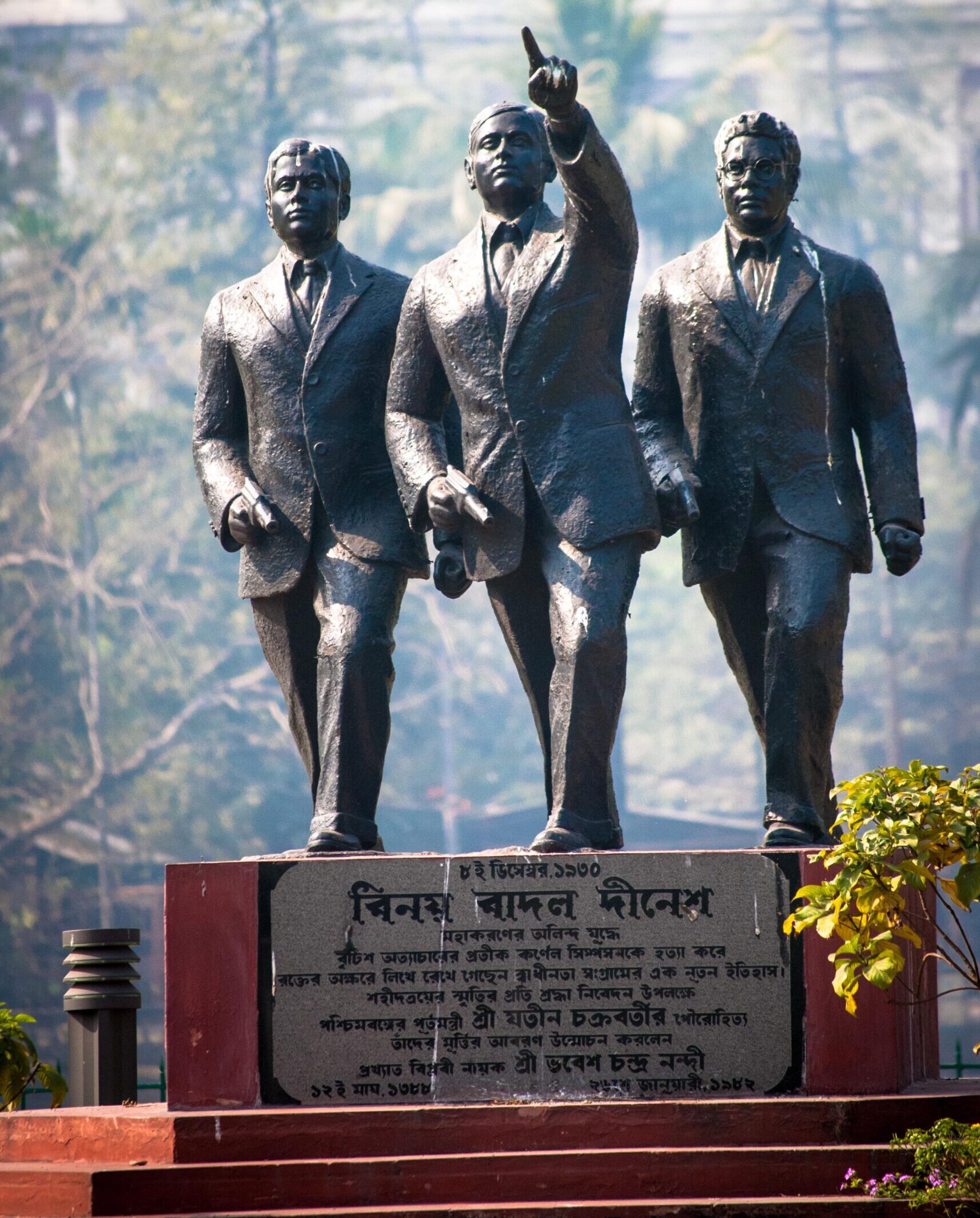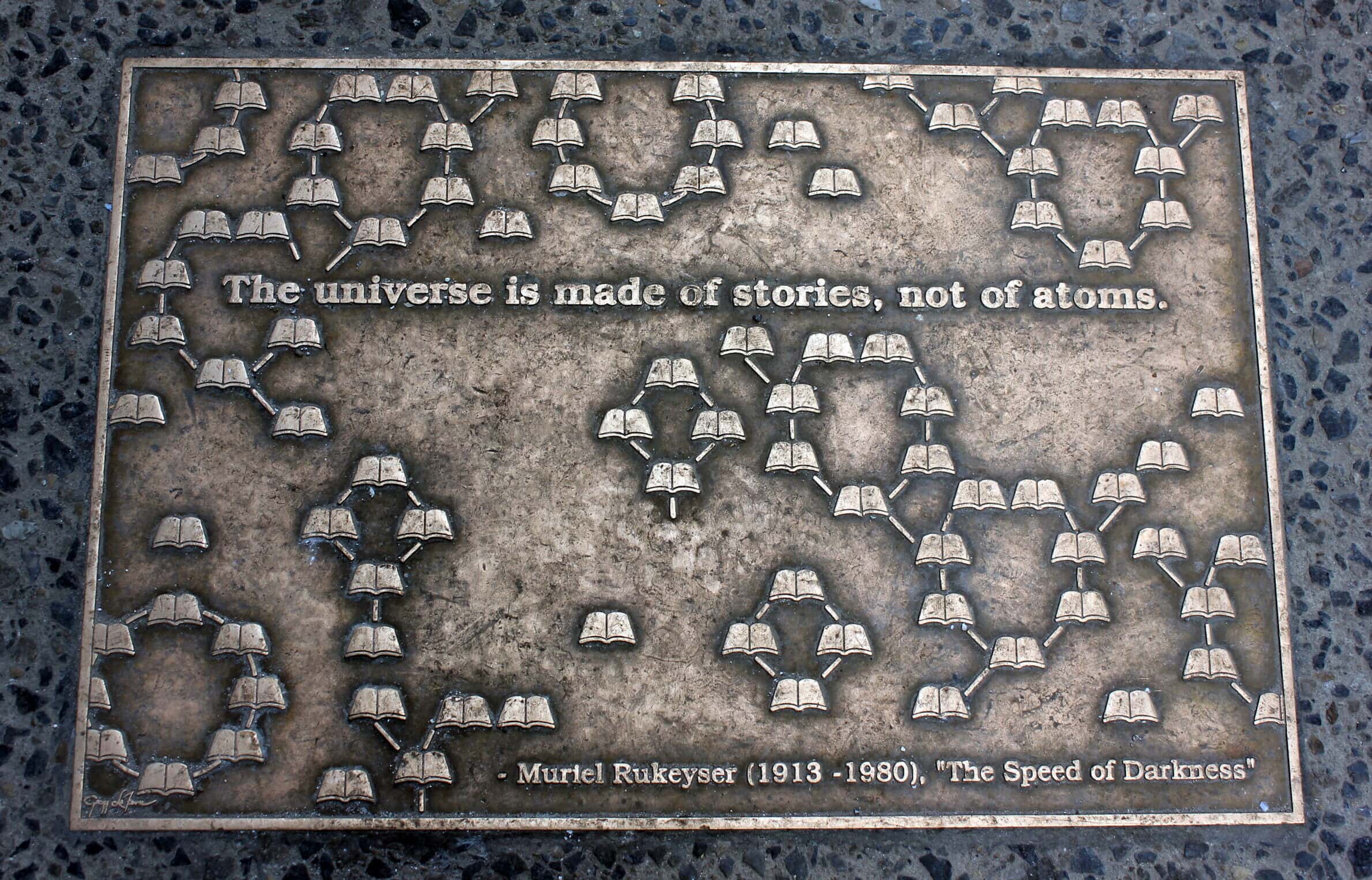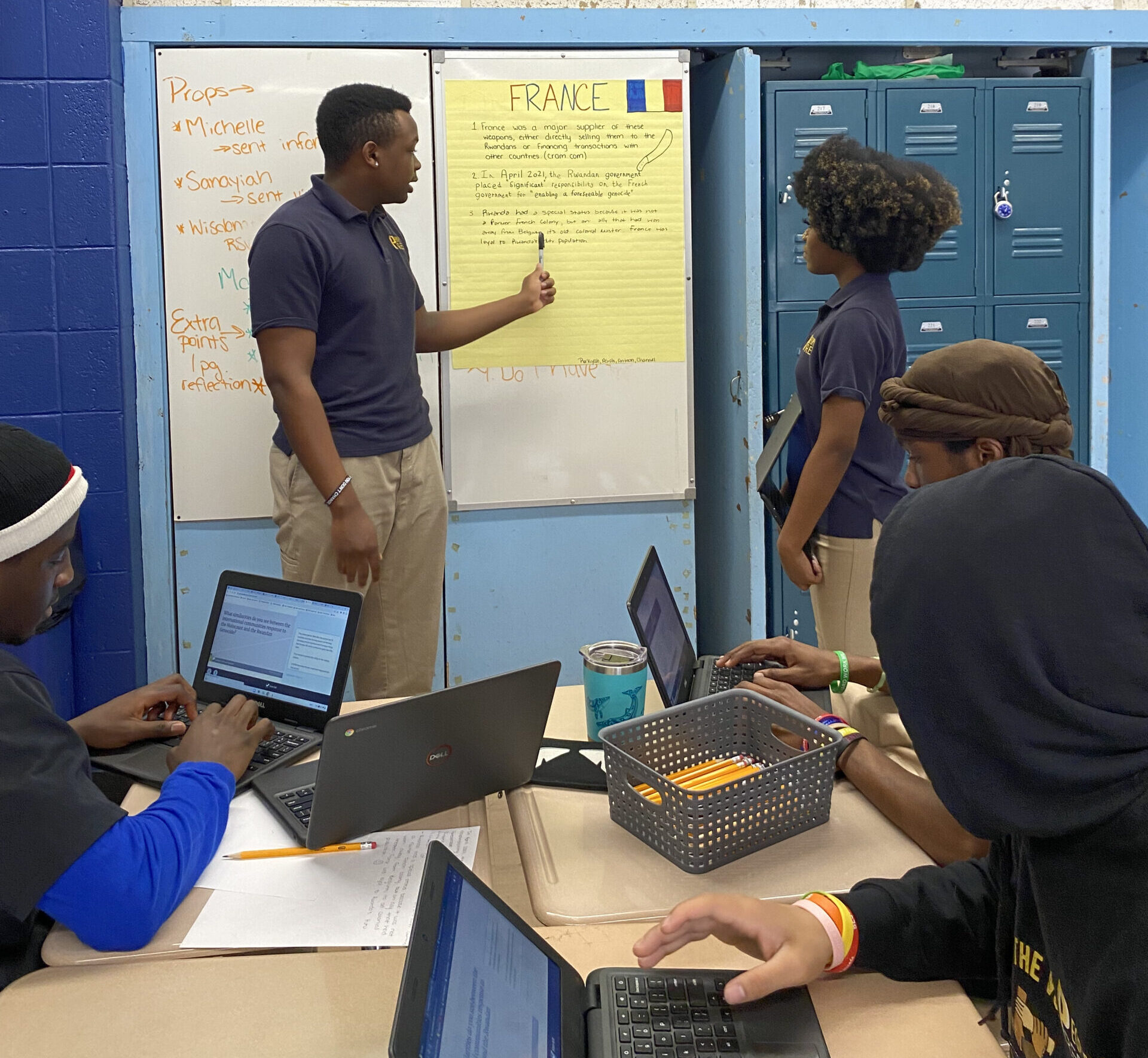We live in a Global Economy—One of 150,000 lessons listed on Lesson Planet, A Search Engine for Teachers
The World is Flat—Thomas Friedman
Arguing against globalization is like arguing against the laws of gravity—Kofi Annan
As Americans, we need to pay more attention to the world around us—your school’s world history teacher
These statements reflect an imperative to survive in a changing world by learning more about its history and cultures. The rapid growth in the popularity of the College Board’s Advanced Placement course in world history speaks to a consensus on the importance of knowing about a world beyond the borders of the United States. In its first seven years, the AP world history examination has become the seventh most popular AP test.
Despite the growing popularity of high school world history, particularly beyond the survey course level, it has to compete for a place on students’ programs with requirements ranging from mandated and tested English and mathematics to character education and life skills. As Robert Bain and Lauren McArthur Harris correctly point out, the number of K–12 teachers prepared to teach world history is insufficient to meet the growing need. They point to issues of content and methodology as well as teacher preparation and training as essential problems that need to be addressed before students will have sufficient preparation in world history.
The Advanced Placement syllabi for world history provide useful models that generally eschew constructions like “the West and the rest” while maintaining a focus on the development and interaction of nation states. The chronological frame of the AP world history course is generally presented in five parts:
- Foundations: c. 8000 BCE to 600 CE
- 600–1450
- 1470–1750
- 1750–1914
- 1914–2000 and beyond1
In addition to the development of a chronological focus, what are the important thematic elements of a world history course, and how can we prepare teachers to choose the models that work for them and their students? Robert Bain and Tamara Shreiner described four prevalent structural patterns in the design of world history curricula, characterizing them as World Civilization Plus, which offers an expanded version of a familiar narrative that focuses on the development of civilization in the West, specifically Europe; Social Studies World History, which offers a multidisciplinary approach to broad themes such as “Time, Continuity, and Change,” but which still does not challenge the “Europe as the Center of the World Model”; Geographic/Regional World History, which considers change over time in differing regions and sometimes braids these strands together in separate courses on Africa, East Asia, South Asia, or Latin America in addition to a broadly based world history course; and Global World History, which the authors describe as a synthesis of “trans-regional and civilizational studies” that requires students to “look at and across regions of the world.”2 The last of these patterns is closest to the model posited by the College Board for the Advanced Placement world history class. This approach requires a balance between periodization, the development of national and regional identities, and thematic constructs that can productively include a variety of topics and approaches. Thematic considerations for teachers of world history can certainly include the following:
Where to Begin—Is Europe the Center of the World?
From the perspective of a West African in 1000 CE, the center of the world might be the village or the coast, or the occasional arrival of an Arab or Berber trader. Europe was distant and certainly not the source of culture, religion, or even trade until much later. Mayan and Incan tribes developed extensive trading networks that had no connection to Europe until the 16th century, when the interaction with Spain definitely did not work to the advantage of the indigenous people. By asking students to consider what the world might have looked like at different times in differing societies, we can avoid the presumption that Europe (the West) was the center of all worlds and that non-European people and societies can be productively analyzed exclusively in Western or European terms.3 A non-Western focus further provides an opportunity to view historical actors as they might have seen themselves rather than as Europeans saw them. In this endeavor, a variety of primary sources, from traditional documents to works of art, provide critical material for analysis.
Follow the Resources
Whether the goal is the hunting of mammoths or the acquiring of cotton, oil, or dollars, resources provide the motive force behind the migration of humanity. People move for many reasons, but their survival depends on sufficient resources to maintain the physical well-being of the group as well as its identity. A study of resources can lead us to rewarding analyses of human migration as well as imperialism, colonialism, liberation movements, and the current state of the world. When resources disappear, individual and societal behavior patterns change, and responses to scarcity are as important as the search for wealth.
What Do People Believe?
Faith and religion play a major role in the history of the world, and the history of belief should be integral to any study of world history. Religious orthodoxy as well as dissent and persecution contribute to the study of power and politics. Clans, tribes, and nations come to blows over religious ideas and nations are frequently identified with one or another religion. Indeed, world history students in the United States confront a variety of established religions and even theocratic societies.
War . . . What Is It Good For?
As a subject for analysis, the history of conflict is extraordinarily fruitful. The reasons for conflict and conquest provide clues to the economic, political, religious, and cultural currents in disparate societies. Claims on territory and resources, along with national ambition provide interesting areas for study, as does the aftermath of war, which can range from conquest and subjugation to post-war shifts in global partnerships. In addition, a consideration of how wars have been and can be prevented has resonance in a contemporary global context.
How can K–12 teachers prepare to teach world history if their training and experience fall short of providing the tools to create courses and realize classroom objectives? My own graduate students, all future teachers, frequently articulate a desire for more training in history content along with their literacy, methods assessment, and classroom management courses. Surely classroom teachers feel the same need to frame their continuing education and professional development around the content of the courses they teach.
As Bain and Harris suggest, one way of providing opportunities for continuing education in world history would be to create a program of Teaching World History (TWH) Grants that provides substantive content training for teachers.
However, it is essential that the focus in any such TWH Grant program be on teachers and students rather than school districts. Resources need to be re-directed from an institutional model to one that serves classrooms and students. If our problem is a dearth of qualified classroom teachers, we need to be very clear on the imperative to train these teachers, not in the answers to multiple-choice tests but in the contours of world history periodization and thematic presentation. Utilizing the NEH summer seminars model, K–12 teachers could apply to attend content summer workshops taught by university professors or master teachers. Of course accountability is an issue that must be considered seriously, but an assessment of teachers’ content knowledge can be found only minimally on the bubble sheet of a standardized test. I propose, therefore, that teachers who receive grants in a TWH program be evaluated on the basis of the degree to which they collaborate with colleagues in their home schools by making a rigorous content presentation of what they learned on their TWH “summer vacations” to provide valuable information and materials to others. We must, in fact, include serious sharing of information as a component of such a program, especially in districts in which only a few teachers can take advantage of the grant program. Grant recipients should also be required to bring aspects of world history into their communities through student presentations in school or in other public venues. Essentially, the model is this: teachers earn grants to study world history content; they present aspects of what they have learned to their colleagues; they enhance their own classroom presentation with information learned in the summer; and they encourage student presentations to a larger public (parents, younger students, members of the community) on topics in world history.
If we are to increase the historical and geographical literacy of American students, we need to properly train and then trust our teachers. We cannot accomplish the goal of enhancing learning in history by focusing on tests. Rather, we need to focus on content. World history is a complex subject, and students around the country have demonstrated that they are eager to study it. It is up to historians and history educators to be prepared to teach them.
Notes
- Finding World History suggests a somewhat more nuanced chronological framework for a World History course: The Beginnings of Human Society; Early Civilization and Pastoral Peoples, 4000-1000 BCE; Classical Traditions, Religions & Empires, 1000 BCE–300CE; Expanding Zones of Exchange and Encounter, 3000-1000 CE; Intensified Hemispheric Interactions, 1500 CE; Emergence of the First Global Age, 1450–1770; An Age of Revolutions, 1750–1914; A Half-Century of Crisis and Achievement, 1900–1945; The World Since 1945: Promises and Paradoxes. The web sites offers documents and other teaching resources for Africa, East Asia, Europe, Latin America, the Middle East and North Africa, the Pacific Basin, and South Asia for each of the chronological periods as appropriate. See https://chnm.gmu.edu/worldhistorysources/whmfinding.html. [↩]
- See Robert B. Bain and Tamara L. Shreiner, “Issues and Options in Creating a National Assessment in World History,” History Teacher 38:2 (February 2005), 241–72. [↩]
- For a discussion of “diffusionism” and the reasons to see the study of World History from a non-Western perspective, see J. M. Blaut, The Colonizer’s Model of the World: Geographical Diffusionism and Eurocentric History (New York: The Guilford Press, 1993), Chapter 1. [↩]
Barbara Tischler teaches history at the Horace Mann School in the Bronx, New York, where she is also the director of curriculum and professional development


